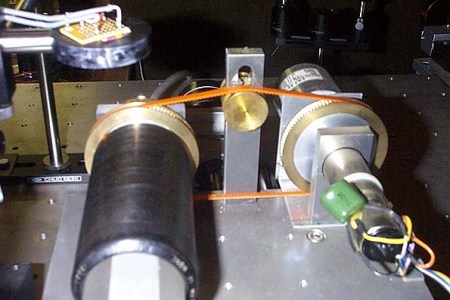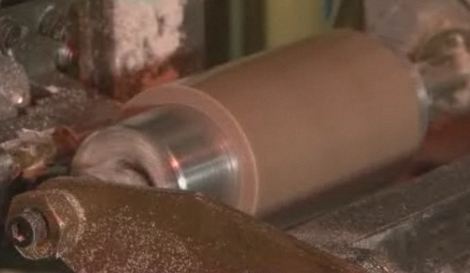If you think of records as platters, you are of a certain age. If you don’t remember records at all, you are even younger. But there was a time when audio records were not flat — they were drums, which was how the original Edison phonograph worked. [Our Own Devices] did a video earlier showing one of these devices, but since it was in a museum, he didn’t get to open it up. Lucky for us, he now has one of his own, and we get to see inside in the video below.
Ironically, Edison was deaf yet still invented the phonograph. While he did create the working phonograph — his self-identified most important invention — the original invention wasn’t commercially viable. You could record and playback audio on tin foil wrapped around a drum. But you couldn’t remove the foil without destroying it.













